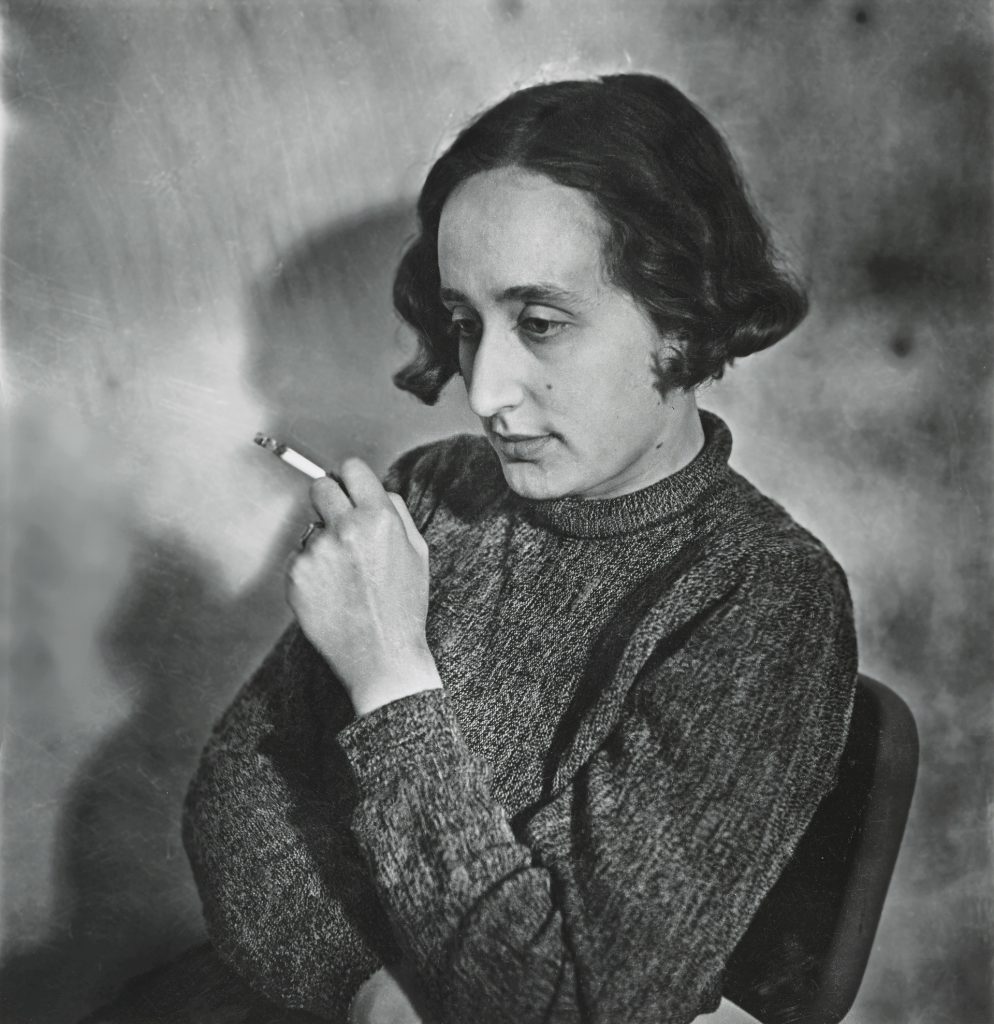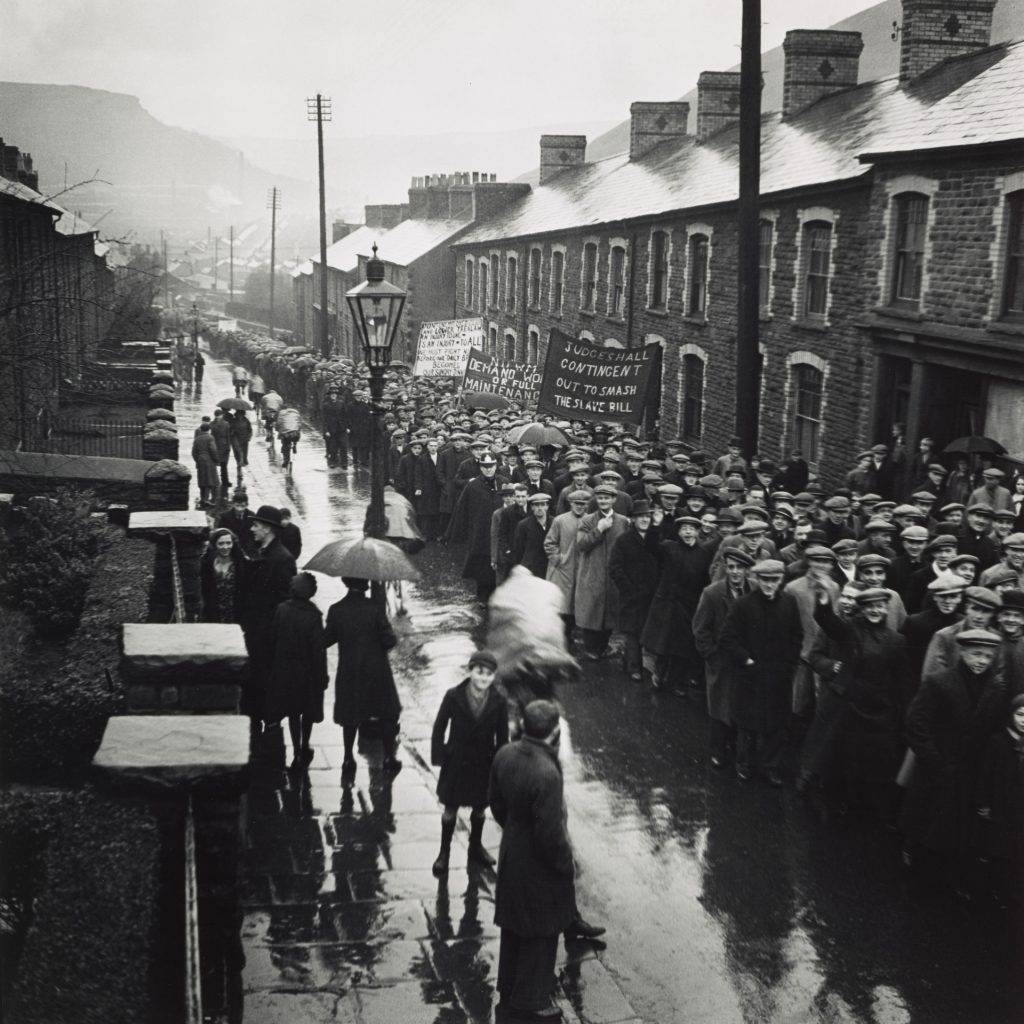Edith Tudor-Hart (née Suschitzky) was born in Vienna in 1908. The daughter of Jewish socialists, she trained as a photographer at Walter Gropius’ Bauhaus art school in Dessau, Germany. Her brother, Wolfgang, was also a photographer and cinematographer. Edith became a committed communist and fled Austria in 1933 with her husband Alex Tudor-Hart (they married earlier that year) to escape persecution from the fascist regime.
While Alex worked as a doctor in the Rhondda Valley, Edith took many photographs of South Wales and other industrial areas in Britain. Her photographs were published in magazines such as The Listener, and focused on issues like industrial decline, refugees from the Spanish Civil War, housing policy and child welfare. Alex travelled to Spain to work for the Republic immediately after the birth of their son Tommy; the couple separated soon after his return.
Her communist activism led Edith to be an important spy recruiter for the Soviet Union. She undertook missions for the Soviet NKVD (secret police), and was instrumental in recruiting members of the Cambridge Spy Ring, also acting as an intermediary for Anthony Blunt and Bob Stewart during the Second World War. She was kept under surveillance by MI5 but was never arrested for her espionage, although she was questioned, the results of which affected her mental health. She later opened an antique shop in Brighton and died of stomach cancer in 1973.
In early 1935, there were widespread demonstrations in South Wales against government cuts to unemployment benefits. Particularly hated among miners was the imposition of the Means Test, an intrusive assessment procedure designed to judge if families were entitled to state relief.
In this photograph, taken by Edith in Trealaw in 1935, you can see the size of the demonstrations against these government policies. The first banner reads ‘Judge’s Hall Contingent Out to Smash the Slave Bill’ – a reference to the Unemployment Act of 1934, which set up the Means Test. In the banner behind there is a reference to the NUWM, the National Unemployed Workers’ Movement, which was heavily involved in actions against government policy towards the unemployed during the 1920s and 1930s.
Edith later said that “In the hands of the person who uses it with feeling and imagination, the camera becomes very much more than the means of earning a living, it becomes a vital factor in recording and influencing the life of the people and in promoting human understanding.”
See more of Edith’s work at the National Galleries Scotland (External)
Further reading
Ian Cobain, ‘How MI5 failed to expose matriarch of Cambridge spy ring’, The Guardian, 21 August 2015 (https://www.theguardian.com/uk-news/2015/aug/21/how-mi5-failed-to-expose-matriarch-of-cambridge-spy-ring)
Stephanie Ward, Unemployment and the State in Britain: The Means Test and Protest in 1930s South Wales and North-east England (Manchester: Manchester University Press, 2013)

